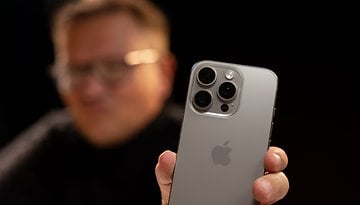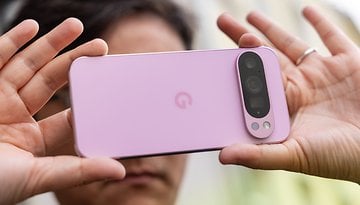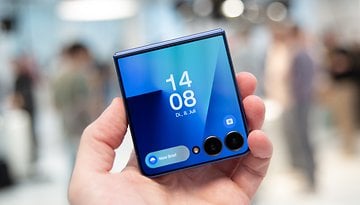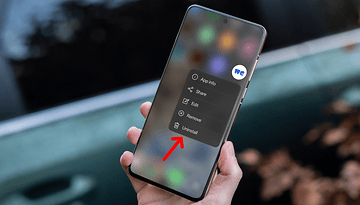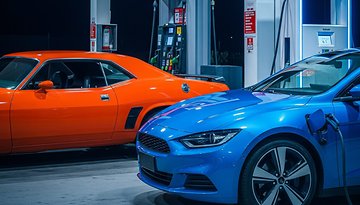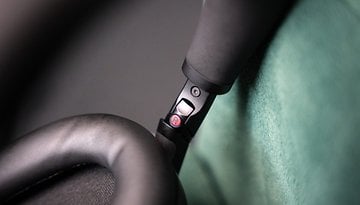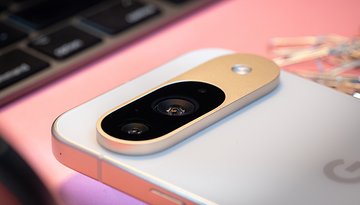iPhone 12 without 120 Hz: Wise decision or missed opportunity for Apple?
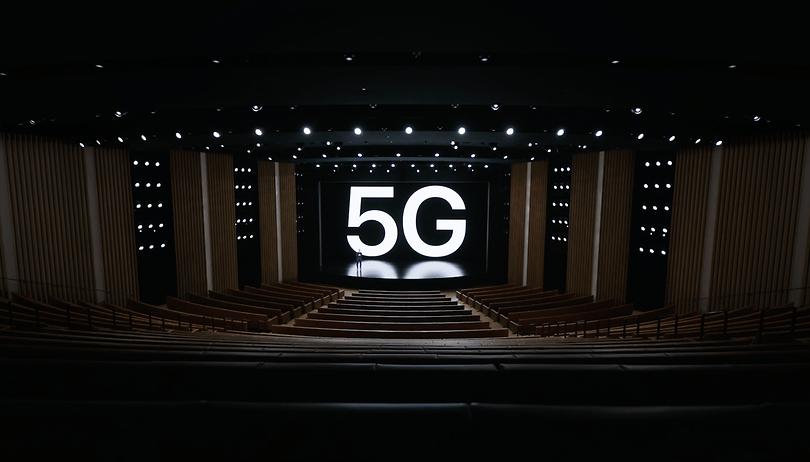

Read in other languages:
Apple recently took covers off its new iPhone 12 series devices. The one feature that Apple harped on for nearly the entirety of the hour-long conference was support for 5G. However, has the quest for 5G support left iPhone users bereft of another key feature that iPhone users were eagerly hoping for? I am, of course, talking about the iPhone 12 series completely skipping the 120Hz display trend.
Clearly, Apple seems to have favored 5G compatibility over display fluidity for the iPhone 12, iPhone 12 Pro/Max and iPhone 12 Mini. While Apple's choice can defend itself in the US market and for iOS users, it is less understandable in Europe and for the Android audience.
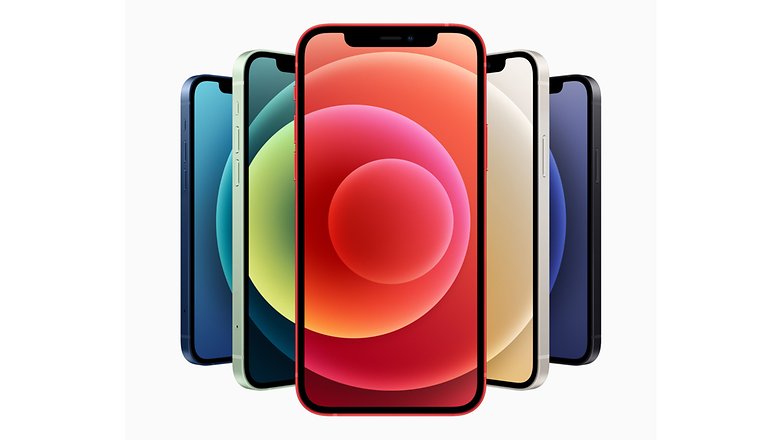
The lack of a high refresh rate display might have come as a shocker to many since there were several leaks that predicted that the iPhone 12 will feature a 120Hz panel. This at a time when Android smartphones sporting a 120Hz panel has become pretty commonplace. Needless to say, a high refresh display would have been a nice addition to the iPhone 12 series.
And had Apple delivered on this premise, the press would have gone all gaga over it! Remember how the press hailed, the addition of an ultra-wide-angle sensor on the iPhone 11 last year? It was termed a revolution by Apple. Most Android users, however, only saw it as Apple playing catch-up to most high-end Android smartphones!
Can you imagine the standing ovation that Apple fans and specialized tech journalists would have showered on Apple had Apple launched the iPhone 12 with a 120 Hz screen? It would have been a sure killer-feature, as I theorized in an article a few months ago.
A wise decision to preserve battery life
As leakster Jon Prosser pointed out on Twitter a few days before the official launch of the iPhone 12, the decision to abandon 120 Hz would have been motivated "100% for reasons related to the battery."
Jon went on to add that the iPhone 12 hardware was more than capable of handling the 120 Hz feature, but this option would have drained the battery too much. Coupled with the 5G, this 120 Hz feature would have hurt the famous user experience that Apple has been spearheading for years.
I’m told that 120hz not being implemented in iPhone 12 Pro is 100% about battery life.
— Jon Prosser (@jon_prosser) October 11, 2020
Hardware was more than capable — but it just eats through battery, and 5G drains enough battery by itself.
It was basically a choice between 120hz or 5G, and they picked 5G. Rightfully so.
In the end, Apple was left with no choice but to choose between 120 Hz or 5G, and Apple clearly chose 5G. This decision has been hailed as the correct one even by tech blogs like Android Authority.
But let's be serious, many Android flagships offer refresh rates of at least 90 Hz without having an adverse impact on their battery life. But Apple is not yet a component manufacturer in its own right which means they are dependent on other manufacturers for their display components.
For example, all the OLED displays on the iPhone 12 series are manufactured by Samsung. To ensure that all these panels run at a high refresh rate, Apple needs chips that can control the refresh rate on these panels. With millions of iPhones being made, Apple will need as many chips as there are displays produced.
Knowing that iPhones are, almost every year, the top-selling smartphones in the world, it's a huge job for Apple to adapt its assembly lines and source components, especially if it doesn't make them itself and has to buy them.
Additionally, Apple customizes and fine-tunes every component it receives to make sure that they conform to the company's high standards. What if the sudden move to 120Hz without proper optimization was something that Apple wanted to completely avoid?
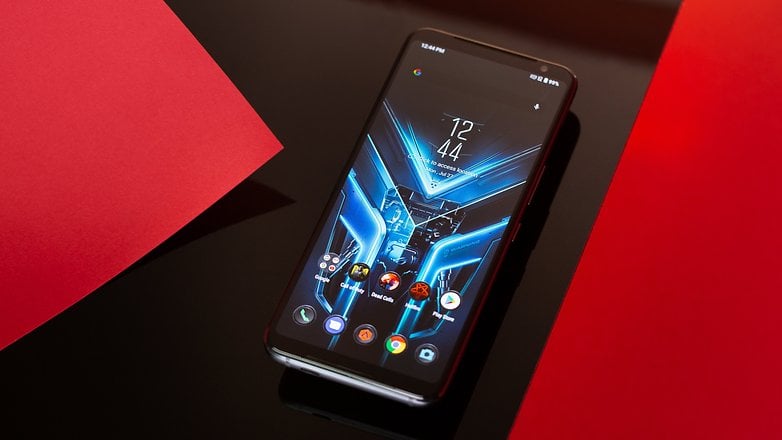
5G, a stronger selling point than 120 Hz, really?
It's a reflection that I've seen a lot on the American Twitter: 5G is more selling than 120 Hz. The argument may seem totally bogus in Europe, where the democratization of 5G will not take place for at least two or three years.
If you're on Android, chances are that your smartphone will be "obsolete" before you can subscribe to any 5G subscription, which will itself be far too expensive to become an "early adopter."
When I say "obsolete", I just mean that your Android smartphone will no longer receive Android updates or security patches. It will of course still be usable. But a significant part of the Android smartphone fleet will be renewed (purchase of a new model) anyway for most users.
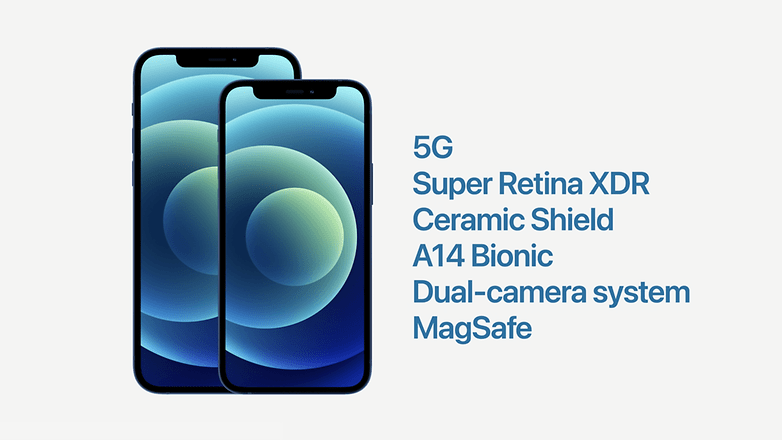 Apple really sees 5G as the main asset of its new iPhone 12, at the top of the specs pyramid.
/ © Apple; Screenshot: NextPit
Apple really sees 5G as the main asset of its new iPhone 12, at the top of the specs pyramid.
/ © Apple; Screenshot: NextPit
So no, the "5G-ready" badge is not a stronger selling point than the 120 Hz option which you can use immediately after purchase and which has a concrete impact on the user experience. That makes sense when it comes to Android smartphones.
On Apple, the 5G argument already carries more weight. iPhones are kept up to date much longer than their Android counterparts, that's undeniable, whether you hate Apple or not. Even the first iPhone SE model released in 2016, received the upgrade to iOS 14 this year.
If you're the type to keep your smartphone for more than 2-3 years, the average lifespan of these products currently, then an iPhone 12 5G-ready is already more relevant, even if 5G coverage in Europe and other regions is several years out in the future.
Add to that the fact that Apple's home market, the US, is much more advanced when it comes to 5G infrastructure than Europe and this feature becomes even more interesting. From this point of view, Apple's choice is more than logical.
Apple fans don't care about 120 Hz, they're not technophiles: Nonsense.
It is a remark I see tirelessly in the comments of NextPit.
"ApPlE's fAnBoYs, they don't know anything about techh!". Apple's detractors see brand advocates as blind fanboys who can't tell the difference between a CPU and a GPU. If we share this prejudice, which is partly absurd, then we can understand why Apple didn't want to focus on 120 Hz, since its consumers wouldn't have seen the difference.
And selling your smartphone as being faster "because 5G" is actually easier than explaining the notion of refresh rate, response time, Hertz, frames per second, etc to a non-tech-savvy audience.
But, I'll turn the argument around and say that a lot of Android users don't care about 120 Hz as well. Some people still believe, wrongly, that the difference between 60 and 120 Hz is imperceptible. And others just don't really think about it.
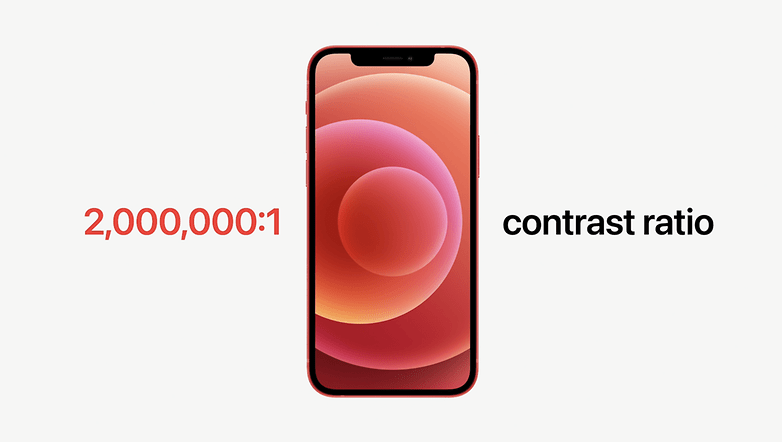
120 Hz is a killer-feature for nerds only, like you and me. Take the readership of a tech site like NextPit and compare it to the tech sections of big news and mainstream websites like HuffPost, for whom I worked, and it's day and night in terms of tech knowledge and interests.
I would never have been able to talk about it in these outlets because the readership wouldn't care, and that readership is a large majority compared to a techie readership. A disproportion that is also reflected on smartphone consumer bases.
There are more non-technophiles than technophiles who buy a smartphone, especially an iPhone. Why bother with technicalities on the fluidity of the screen, then?
BUT, we might as well apply that reasoning to the 5G issue. How many iPhone 12 buyers know that there are several different and incompatible 5G standards, several types of frequencies that each carrier does not operate on, etc.?
All in all, whether it's 60 vs 120 Hz or 4G vs 5G, it's all a matter of numbers, keywords. It's the same cognitive bias that leads us to think that a photo module is more saleable with 4 sensors instead of 2, even if the additional macro and monochrome lenses are useless.
Now, in 2020, as I write this, having a 5G-ready smartphone is as useful as drawing the 5G logo in felt pen on the back of the smartphone. I would rather fancy myself using a feature like 120 Hz that I can enjoy right after I buy the phone.
Call it frivolity, call me a grasshopper that lacks long-term vision, unlike Apple's ants, I don't care. When I buy a smartphone, I want value for my money and I want it now, not five years from now. We'll figure out what's next!






